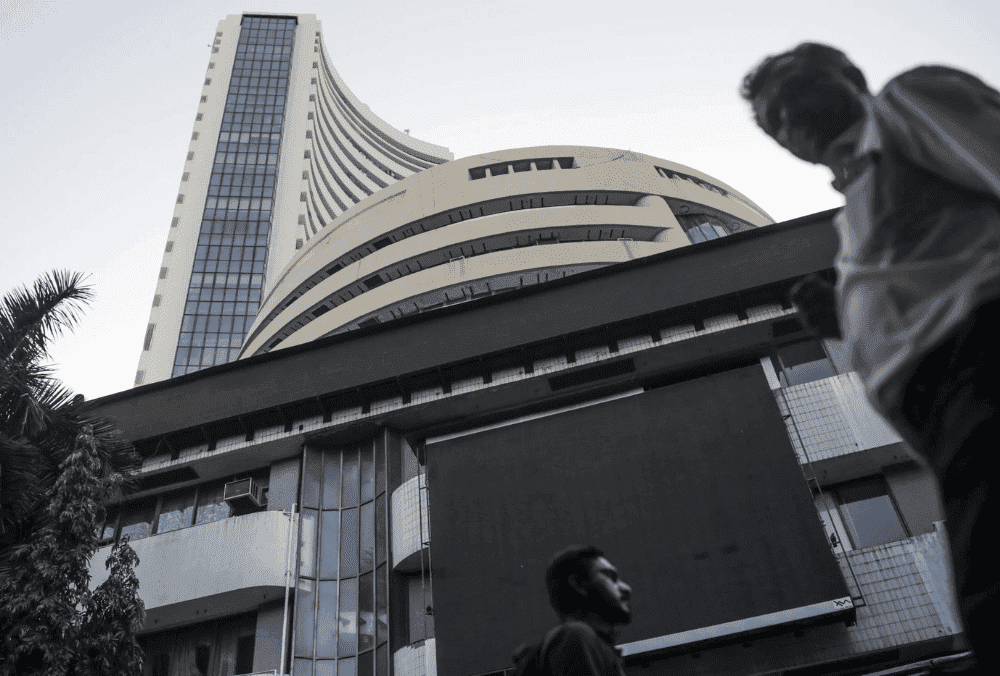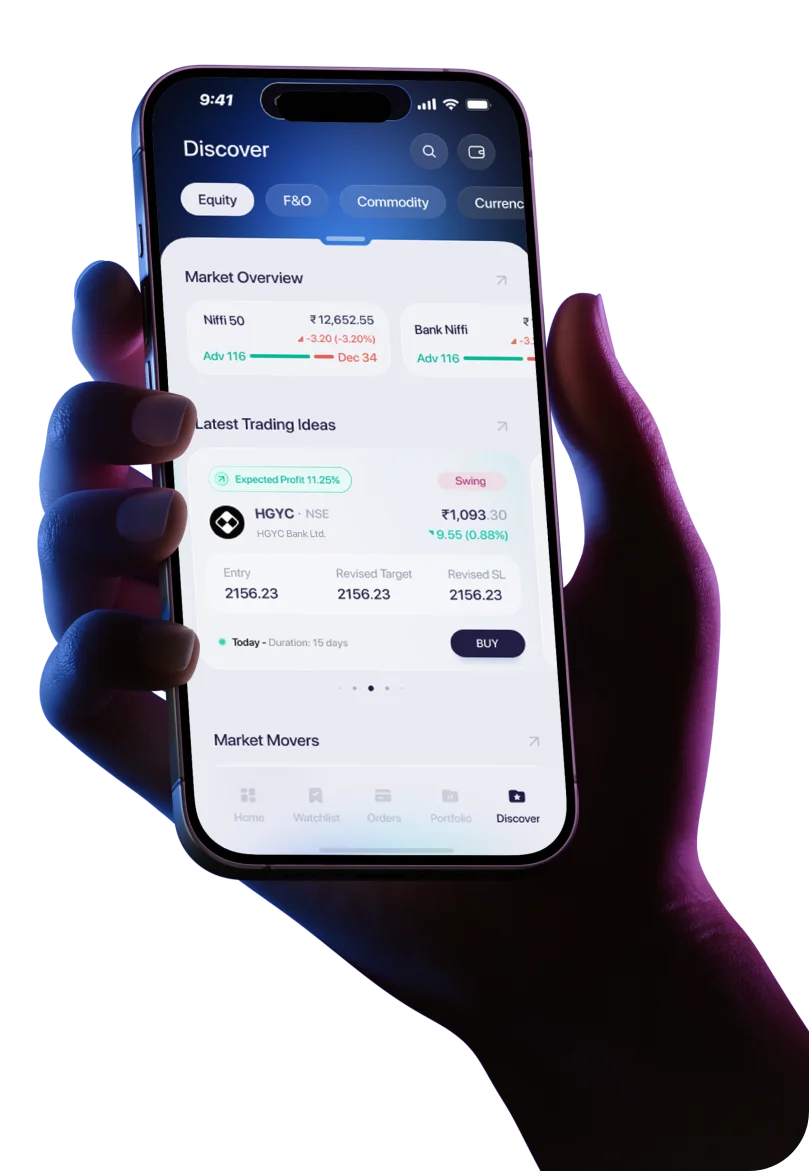When you hear about the Indian stock market surging or tumbling, chances are the BSE Sensex index is making the news. Short for the Stock Exchange Sensitive Index, the Sensex is a benchmark that tracks the performance of some of India’s most actively traded companies. It serves as a barometer for the overall health and direction of the Indian economy.
This is because the Sensex is curated to represent the top companies in the stock market. Instead of tracking thousands of listed companies, it zeroes in on a select few that collectively influence market sentiment. That’s why you must understand how many companies are in the Sensex, and why they are a part of the index. This will help you make sense of the headlines, understand the overall mood of investors, and track broader financial trends.
So, if you are new to investing or have some experience but need to brush up on your market knowledge, it helps to know the details and the logic behind the Sensex companies list. These stocks are not picked at random. Each company holds a specific weightage in the Sensex, which means that some stocks impact the index more than others. Knowing this can give you a sharper lens through which to view the market movements more clearly.
In this article, we examine the number of companies in the Sensex and why they are part of this broad market index.
How Many Companies Are in the Sensex 2025?
So, how many companies are in the Sensex? The index comprises 30 companies, each carefully selected to represent the performance of the Indian stock market. These are not average or growing companies either. They are typically leaders in their respective sectors and are defined by their scale, influence, and financial performance.
The answer is simple if you are wondering how many companies in the Sensex truly shape market trends. All 30 do. The extent of their influence may vary based on each company’s weightage in the Sensex, but these stocks are all crucial to track. Together, they offer a snapshot of India’s economic pulse and serve as a reliable benchmark for investors and analysts.
That said, what makes these stocks worthy of being in the spotlight? The answer lies in a few defining characteristics, as outlined below:
High Market Capitalisation
You’ll notice that most entities in the Sensex companies list have a massive presence in the market. Their size gives them staying power and significant influence over general investor sentiment. High market capitalisation is a sign of strong financial performance, stakeholder trust, and long—term sustainability—all key qualities in a benchmark index.
High Liquidity
Liquidity is about two key aspects: the trading volume and the ease of trading. These stocks are traded frequently and in large quantities on the BSE, which means you can enter or exit positions without much trouble. Including highly liquid Sensex stocks in this index ensures they sync with real-time market activity.
Sector-Wide Representation
The list of companies in the Sensex is designed to give you a panoramic view of India’s markets. You get exposure to multiple sectors in one index, from IT and banking to FMCG and energy. This mix reduces the dominance of any single industry and makes the BSE Sensex index a genuinely diversified and balanced market tracker.
Criteria for Selecting the Companies in the Sensex
You now know how many companies are in the Sensex. But have you ever wondered how these specific companies cut? It’s neither random nor purely based on an entity’s size or brand power. The selection process for the BSE Sensex index is driven by a strict methodology that combines market performance with structure and sectoral diversity.
Let’s look at what goes into choosing the select few Sensex stocks that define India’s most iconic stock market benchmark.
Inclusion in the BSE 100 Index
Before a company can be included in the Sensex companies list, it must be part of the BSE 100 index. This is the first filter, ensuring that only large and established players are considered. That means thousands of listed companies are instantly out of the race.
A Minimum Listing History
To qualify further, a stock must have a minimum listing history of six months on the Bombay Stock Exchange. This requirement ensures the BSE Sensex index doesn’t include newly listed companies that haven’t been through at least one earnings cycle or weathered short-term market volatility.
Consistency in Trading
Trading activity is another critical factor. The stock being considered for the Sensex companies list must have been traded during each trading day in the six-month reference period. This strict rule ensures that the selected companies are consistently active in the market and have sustained investor interest.
Linked Derivatives Contracts
If a stock doesn’t have a listed derivative contract like futures or options, it doesn’t make it into the Sensex companies list. This is because derivatives indicate a certain level of investor participation. Including only derivative-linked stocks increases transparency and allows for smoother hedging and portfolio management by investors tracking the index.
A Multi-Step Ranking System Beyond the Basic Criteria
The selection becomes even more rigorous once the eligible Sensex stocks are identified. A multi-layered ranking process comes into play, and here’s how it works:
- Float-adjusted Market Capitalisation: All the eligible stocks are first ranked according to their average float-adjusted market cap over six months. The top 75 are considered further.
- Total Market Capitalisation: All eligible stocks are ranked again using the average total market cap over the same period. Again, only the top 75 make the list.
- Traded Value Filter: The two top-75 lists in the previous two steps are merged, and stocks with a cumulative annualised traded value of over 98% are removed. This eliminates excessively traded speculative stocks from the Sensex companies list.
- Float-Weight Threshold: The remaining companies are filtered based on their float-adjusted market capitalisation at this stage. Those with a calculated weight of less than 0.5% within the eligible universe are excluded. This step ensures that only stocks with a meaningful presence and market influence are considered for potential inclusion in the BSE Sensex index.
- Final Ranking: What remains is re-ranked based on float-adjusted market cap again, and the final list of candidates is drawn from this refined pool.
Balancing the New Entrants with Stability
The top 21 companies are automatically included from the final list, without considering any sectoral distribution. These are the highest-ranked candidates based solely on float-adjusted market capitalisation. After this, the companies ranked between 22 and 39 are evaluated, prioritizing those that are part of the current index. This helps maintain some continuity in the Sensex companies list.
The remaining slots, if any, are filled by the next-best candidates while ensuring balanced sector representation. If the target of 30 is still not reached, the Index Committee selects from non-constituents between ranks 22 and 30 and gives preference to underrepresented sectors based on India’s broader industry classification. This step ensures the BSE Sensex index remains balanced across sectors and doesn’t overexpose investors to just a few industries.
While the methodology is quantitative, there is still a human element involved. The Index Committee can make additions or deletions based on mergers and acquisitions, broader market conditions and other significant corporate events. This ensures the BSE Sensex index remains forward-looking and adapts to real-world changes beyond what numbers alone can capture.
A List of the Stocks in the Sensex Companies List
So, you know now how many companies are in the Sensex and how they are chosen. However, do you know which ones are included in the index? Check out the current list of Sensex constituents, each of which plays a key role in shaping the index’s performance.
14. Sun Pharmaceutical Industries
16. Power Grid Corporation of India
Summary
This answers the common question of how many companies are in the Sensex. The BSE Sensex index comprises 30 companies and market leaders offering insights into India’s economy. By tracking the Sensex companies list, you can enjoy a focused view of market trends, sectoral health, and general business performance. You can also interpret the movements of India’s financial markets with better clarity and context.




 Easy & quick
Easy & quick
Leave A Comment?